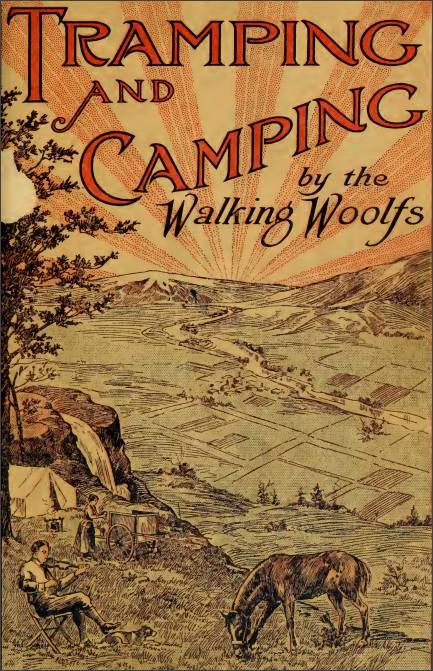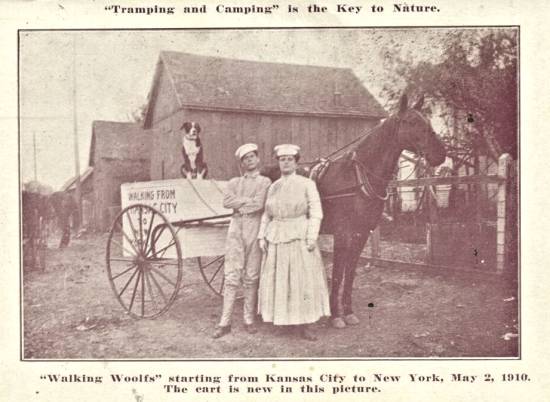Carfree American story,
I have been car-free (d. not owning a car) or car-lite(d. owning a car but using it on a limited basis) for 14 years now.
In 2000, I realized I was living my life for the wrong reasons: just to make a lot of money, accumulate things, get others to respect me for my business success who really did not care who I was or what I did.. I was also very depressed, out of shape, and very overweight.
One day I looked in the mirror and did not like what I saw-a sad, frustrated, unhealthy person.
I had always admired the people I knew who lived car-free or car-lite and thought “that is cool, maybe someday that could be me”.
Living in a car-centric suburb of Kansas City I, like most people, drove everywhere. I personally had two cars. I thrived on the fact that someone would compliment me on the cars I owned, “wow nice car, congratulations” they would say as though I just did something incredibly noble. The truth was the car was completely unnecessary for my life: I lived a block away from a grocery story, I worked out my home most of the time. I could easily bike and walk to most my destinations.
My life was filled with endless “I wants” with little considerations of what I needed-the American Dream-like eat when your not hungry, drink when you are not thirsty, buy things you do not need, if you want it-then get it as you only live once. I needed change!
I started to walk for exercise. I gave up; cars, house, and much of the junk I did not need. After a few months I dropped 50 lbs and bought a bicycle. I got rid of the last car and became car-free. Over the two and half years I spent time writing about my experiences and about changes being made in my life. I became a yoga and Pilate’s instructor, and worked in a gym and eventually lost 140 pounds.
I kept a journal of my experiences and noting what it was like to live a car-free life in a city and suburb that was not car-free friendly; poor sidewalks, no bike lanes, little mass-transit, drivers not use to cyclists, my family even gave me grief. On the other side, there were many friends who were supportive of my life style choice and a lot of people were interested in it.
In 2004 I ended up taking a new job, and a short time later starting a business. I gave into pressure from my family to get a car (even just for emergencies they said) and become car-lite. For the next six years I became car-lite and missed the car-free life. I kept riding my bike and walking most places. Even car-lite I rode thousands of miles a year for transportation purposes.
In June of 2009 I decided to go car-free again, but this time for these reasons; for my health, my way to help clean the environment and respect the Earth, support my community relationships like buying only local products, and saving money by not owning a car, around $8,000 per year- per car.

In the last 14 years I have biked a minimum of 50,000+ miles most of which was for transportation, I have also walked hundreds, maybe even a few thousand miles. I have gotten more involved with alternative transportation advocacy groups, but still strongly feel the BEST way to advocate alternative transportation is to live a life where you incorporate it on a daily basis.
Now, in early in 2014 I am even more healthy than I ever been. in the last two years I lost another 80
lbs by eating more of a plant based diet. I walk more than I bike now only because I moved an live in an area where everything is two to three miles away. I still bicycle too, but have become more passionate about walking.
There are times when I wish I had a car, only for the convinence. I do love this life style and I realize, for those who live in a big city it may not even be interesting, but for the rest of us, living with out a car is a true adventure breaking all rules of the American tradition of having a car.
So, to you, want to be an Carfree
advocate, go walk or ride your bike and let people see you do it. As Gandhi said,
"Be the change you want to see in the world."
Carfree is a good way to slow the ravaged plagued society of Obesity, Pollution, and Community degradation.
Being carfree you will be healthy in your mind and body, the health of the environment, and you will engage in a positive way in your community.
How I have benefited personally living carfree?
 |
| Bill Poindexter 2014 |
Here is a short list:
Healthier both mentally and physically
Happier
Doing my part for the environment
I have many friends in my community and meet more every day.
I feel great.
I am more passionate about living and life!
.
I hope you enjoy this site. Please let me know your thoughts or ideas on how to make this site or the world a better place. I you are living a carfree life style or want to let me know and I will share your story!
Be Healthy!
Peace.
Bill Poindexter
 I love living without a car. Transportation is much simpler.
I love living without a car. Transportation is much simpler.








